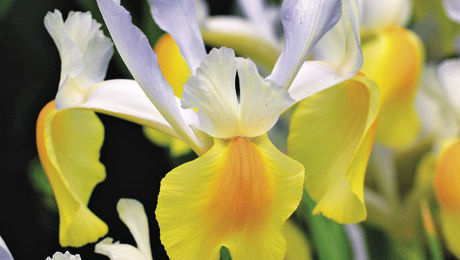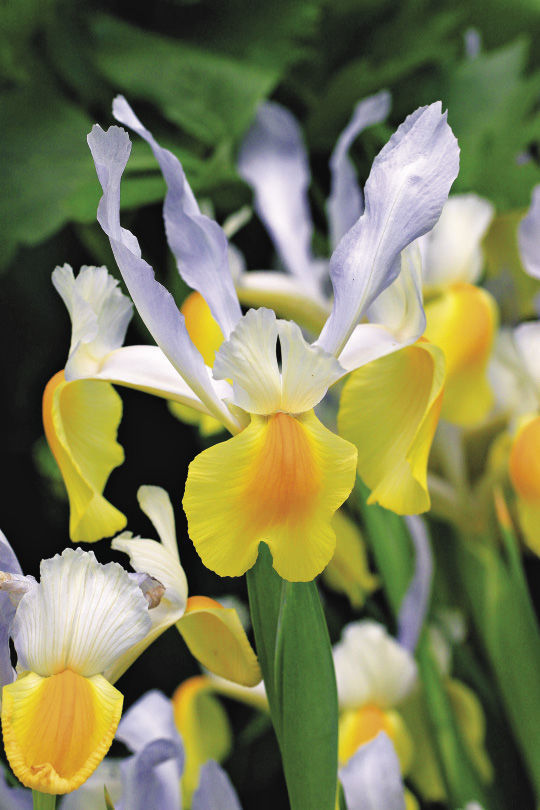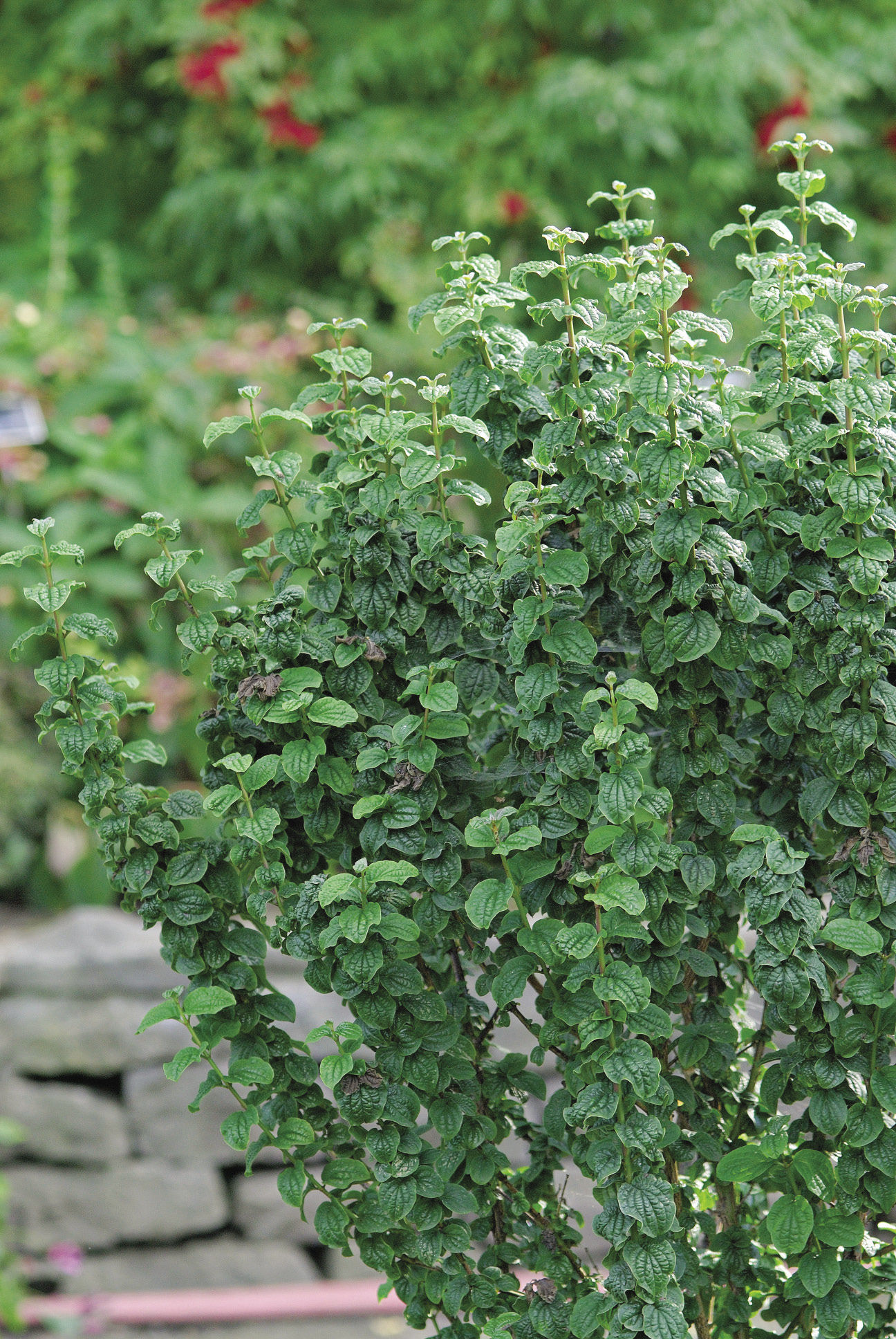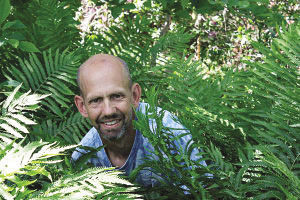

1. ‘Blue Ice’ Blue Star
Name: Amsonia tabernaemontana ‘Blue Ice’
Zones: 4–9
Size: 16 inches tall and 2 feet wide
Conditions: Full sun to partial shade; moist, well-drained soil
Blue stars are the workhorses of the sun-drenched perennial border. Most produce delicate, skyblue flowers in May on clumps of clean green foliage, which turn magnificent shades of yellow in fall. ‘Blue Ice’ stands apart from its larger cousins by producing darker, lavender-blue, star-shaped flowers atop compact stems that are clothed in narrow, dark-green foliage. It has been suggested by some that this diminutive blue star is possibly a hybrid. Regardless of its parentage, it is a wonderful choice for the front of the border and has proven to be easy to grow and quite drought tolerant.

2. ‘Snow Fairy’ Bluebeard
Name: Caryopteris divaricata ‘Snow Fairy’
Zones: 5-9
Size: 2 to 3 feet tall and 3 to 4 feet wide
Conditions: Full sun; average, well-drained soil
Gardeners are always looking for plants that provide late-season interest, and bluebeards do not disappoint. In spring, ‘Snow Fairy’ awakens from its winter slumber, producing sparkling, white-and-green-variegated leaves on new growth. In September, with a hint of autumn’s chilly temperatures in the air, delicate blue flowers seem to dance on the shrublike mounding plants. Close inspection of the flowers will reveal the unusual stamens and style that artistically curl over the petals. Unlike most other members of the genus Caryopteris, which are small- to mediumsize woody shrubs, C. divaricata is an herbaceous perennial and can be cut to the ground following a hard frost.

3. Corn Leaf Iris
Name: Iris bucharica
Zones: 4–8
Size: 12 to 18 inches tall and 12 inches wide
Conditions: Full sun; very well-drained soil
Put aside any image of what you think an iris should look like. As its common name suggests, the glossy green foliage of corn leaf iris resembles clumps of miniature cornstalks. Each stem can have anywhere from 2 to 6 bright-yellow and creamy-white flowers bursting from the leaf axils, creating a delightful display in April. This is a bulbous, ephemeral species that increases rapidly. It is easy to grow in any sunny border or rock garden with sharply drained soil.

4. ‘Compressa’ bloodstem dogwood
Name: Cornus sanguinea ‘Compressa’
Zones: 5–7
Size: 5 feet tall and 2 to 3 feet wide; may sucker
Conditions: Full sun to partial shade; moist, well-drained soil
No one will blame you for scratching your head when you first encounter ‘Compressa’. This unusual shrub dogwood looks nothing like its larger cousins, best known for their colorful winter stems. It’s the dark green foliage of ‘Compressa’ that will catch your eye and ask to be touched. The small, rounded leaves are thick and heavily wrinkled, almost plastic-like, and are packed along vertical stems. The cooler temperatures of fall turn this dogwood into a column of deep maroon before the leaves drop, revealing naked red stems through the winter. You will not go wrong using this tactile beauty in a tight garden spot or where a vertical accent is needed.

Photos: Kerry Ann Moore; millettephotomedia.com; Bill Johnson; courtesy of Andrew Brand

















Comments
Log in or create an account to post a comment.
Sign up Log in